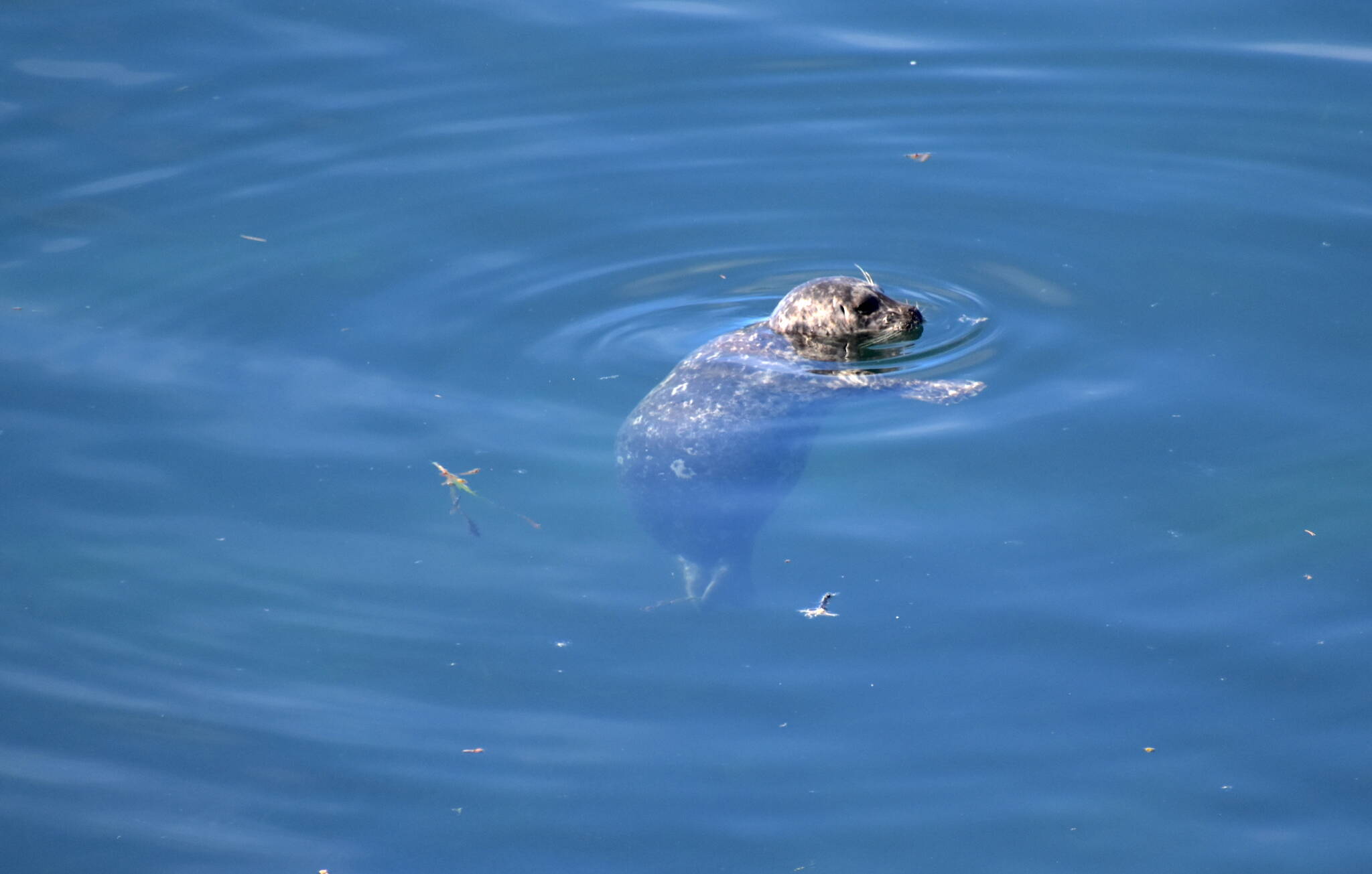Update Aug. 16 at 10 a.m.
The United States Coast Guard is reporting Aleutian Isle slipped to over 100 feet below the surface as of the evening of Monday, Aug. 15.
“This and other factors are being taken into account as dive and salvage personnel develop a plan of action which must be approved by the unified command. Diving operations are expected to commence today and divers will work to conduct an on-scene assessment, plug the vents and then begin the de-fueling process. In order to ensure a safe work environment for divers, a safety zone is in effect for a distance of 1,000 yards around all responding dive boats,” a press release by the Coast Guard stated.
A sheen has also been observed entering Canadian Waters, and the CANUSPAC Joint Response Team activated opening communication and resource sharing across the international border, according to that press release.
Commercial divers and salvage teams were contracted and arrived on scene Saturday evening. A plan is being developed to efficiently and safely enact containment and recovery of pollutants, removal of potential pollutants from the sunken vessel, and potential salvage of the wreckage. Boom and other materials have been deployed to recover pollutants and protect environmentally sensitive areas.
The purse seiner Aleutian Isle capsized and sank in a matter of minutes, according to eyewitnesses on the west side of San Juan Island just north of Sunset Point on Saturday, Aug. 13 just before 2 p.m.
The crew aboard the vessel had been in the process of setting the fishing net when disaster struck. Long after the vessel vanished, a large portion of the net remained at the surface.
Following the sinking, the United States Coast Guard released a statement saying all five crew members were rescued by a good samaritan as the boat submerged. Eyewitness photos of the incident as it was occurring showed the seiner’s small tender boat was also on scene to assist as the Aleutian Isle sank quickly into the depths.
As diesel began to seep out of what is presumed by officials to be the fuel vents on the boat a sheen became visible along the water between the County Park and Open Bay, also drifting into Mitchell Bay.
According to the Washington Department of Ecology, the location of the sunken vessel threatens fragile ecosystems up and down the west side of San Juan Island, including Mitchell Bay, Open Bay, Smallpox Bay and the White Point Marsh on the southeastern shore of Mosquito Pass. These environmentally sensitive areas include kelp beds, wetlands, eelgrass, marine birds and mammals, waterfowl, raptors, salmonids, forage fish, shellfish, and other sensitive resources.
According to a Coast Guard press release, a pollution survey was initiated at approximately 5 p.m. and a visible sheen covering 1.5 miles was observed by on-scene personnel. By morning the smell of diesel was strong up and down the coast from Open Bay to the Land Bank property on the west side. The sheen had grown in length to several miles.
At nearly the same time official spill response was beginning to get underway Saturday afternoon, the Southern resident Killer whales were reported inbound off Sooke, British Columbia, Canada, headed towards Victoria and the San Juan Islands. At the speed and trajectory the animals were reported to be traveling, it was estimated the orcas would be along the west side of San Juan Island and potentially in the path of the oil spill within a matter of hours. According to reports nearly all of the endangered Southern Residents were present, including the new mother and baby in K-pod.
The whales were reported to have come within miles of the diesel sheen Saturday evening, but experts were relieved to learn the whales headed westbound out the Strait of Juan de Fuca early Sunday morning. From all accounts, the whales made a brief visit several miles to the south of the accident, but no observations were made of whales encountering the diesel sheen stretching for miles to the north.
According to experts at NOAA, the whales dodged a bullet. Had the whales simply come up the coastline into the sheen there could have been a very different outcome. Although the orcas still could return at any time, according to staff at the Department of Ecology and US Coast Guard, “our agencies are prepared to deploy authorized deterrents. These measures will keep whales clear of the impacted area under the guidance and oversight of NOAA officials should the need arise.”
According to NOAA, these deterrents include the use of helicopters to move at certain altitudes toward the whales to create sound and disturb the water’s surface which can motivate or “haze” whales to move away from oiled areas; banging long metal pipes, called oikomi pipes, which are lowered into the water and struck with a hammer to make a loud noise; and small explosives called “seal bombs” originally developed and used to keep seals and sea lions away from fishing gear.
According to David Byers, Response Section Manager with the Department of Ecology, the incident has been federalized and funds have been made available to attempt to recover the diesel from the sunken vessel. In addition, he said, several vessels have been issued oikomi pipes if the need arises.
“Global Diving and Salvage has been contracted to attempt to recover the fuel,” said Byers, “but this is a trickier dive operation that requires two decompression chambers due to the depth of the vessel.”
The Aleutian Isle rests approximately 100’ below the surface, along the western edge of a deep shelf in Haro Strait and is exposed to strong tidal currents.
Byers said the diving operation to stop the diesel leak and recover the fuel was expected to begin Monday, Aug. 15 when all the necessary equipment and personnel arrive on scene. Meanwhile, the Coast Guard cutter Swordfish remains on scene, and Towboat US and Department of Ecology vessels along with NOAA and regional partners continue to monitor the situation.




